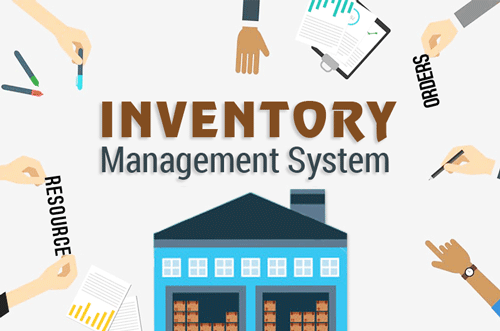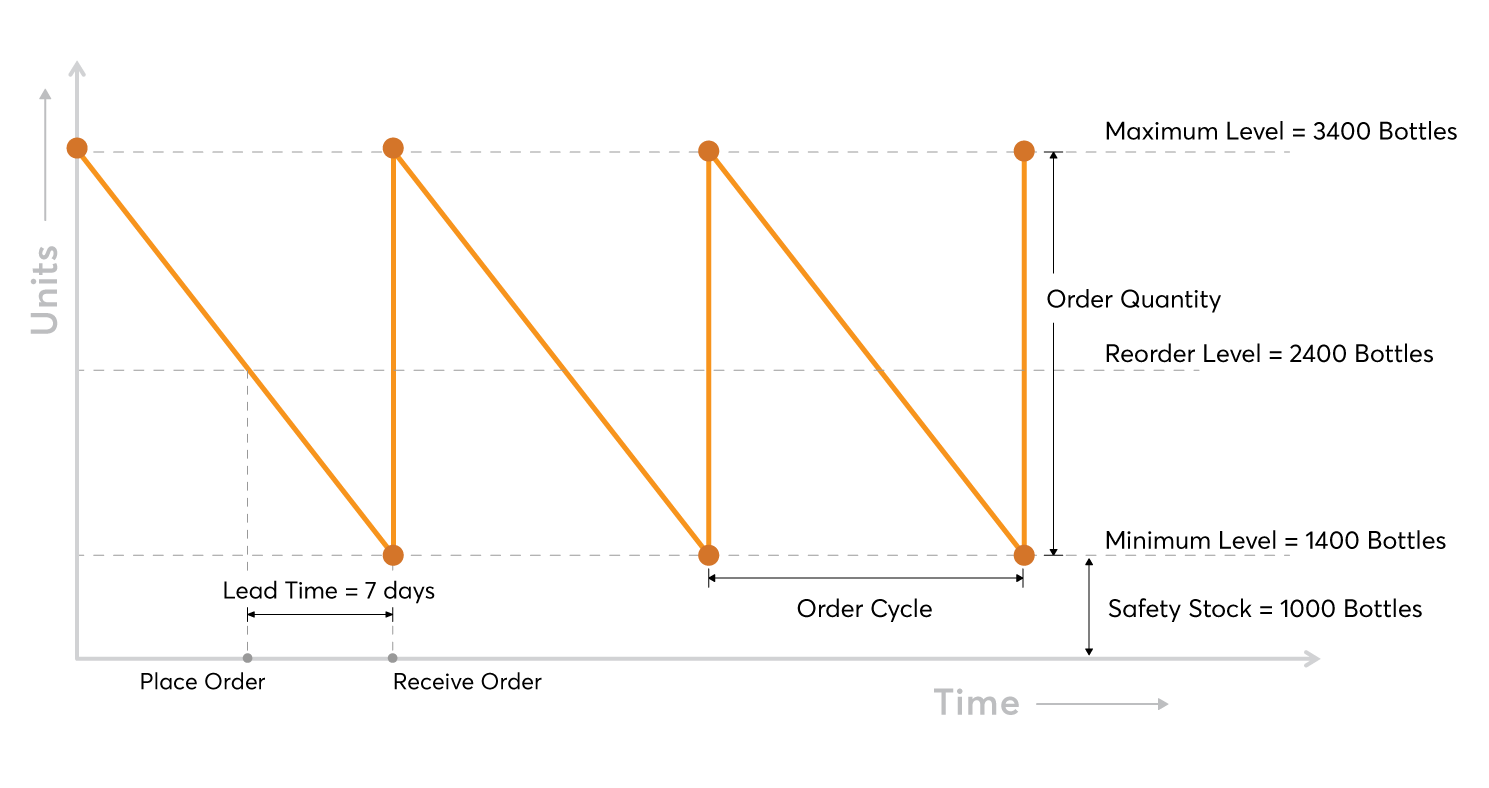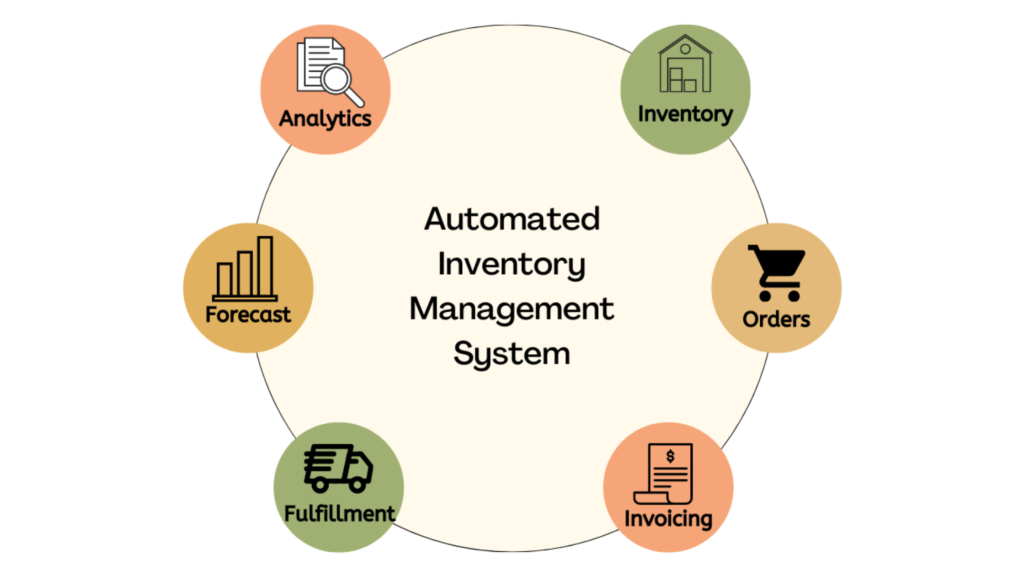Effective Inventory Management is essential for startups aiming to optimize operations and improve profitability. Startups, with their limited resources, need to carefully balance supply and demand to avoid stockouts, overstocking, or tying up too much cash in unsold products. This article explores key inventory management strategies that help startups maximize efficiency, streamline operations, and ultimately drive growth.

Why Inventory Management is Crucial for Startups
The Role of Inventory Management in Business Success
Inventory management involves overseeing the flow of goods from suppliers to storage and eventually to customers. For startups, it is crucial to have a firm grip on inventory levels to ensure smooth operations, customer satisfaction, and cash flow management. Effective inventory management helps startups avoid costly errors such as stockouts, which can lead to lost sales, or overstocking, which ties up working capital.
Challenges Faced by Startups in Managing Inventory
Startups often struggle with inventory management due to limited storage space, lack of technology, or an inadequate understanding of demand forecasting. Additionally, startups might not have the budget for complex inventory systems, making it more challenging to balance supply and demand.
Key Inventory Management Strategies for Startups
1. Implement Inventory Tracking Systems
The Importance of Real-Time Inventory Tracking
Tracking inventory in real-time allows startups to have full visibility over their stock levels at any given moment. This helps in preventing stockouts, improving order fulfillment, and reducing excess inventory. Inventory tracking tools also provide valuable data that can inform future purchasing decisions.

Tools for Inventory Tracking
Startups can use affordable inventory management software such as Zoho Inventory, TradeGecko, or QuickBooks Commerce to automate stock tracking, generate reports, and streamline the entire supply chain. These tools help startups track inventory levels, manage reorders, and avoid human errors.
2. Leverage Demand Forecasting
Why Accurate Forecasting is Key
Demand forecasting is the process of predicting customer demand based on historical sales data, market trends, and seasonal fluctuations. Accurate forecasting helps startups avoid both overstocking and stockouts, enabling them to meet customer demands while minimizing excess inventory.

How to Improve Demand Forecasting
- Analyze Historical Data: Review sales patterns to predict future demand.
- Monitor Market Trends: Keep an eye on industry trends and economic conditions that might influence demand.
- Collaborate with Sales Teams: Sales teams often have insights into customer behavior that can help refine demand forecasts.
3. Use the Just-In-Time (JIT) Method
What is the Just-In-Time Inventory System?
The Just-In-Time (JIT) inventory system involves receiving goods only as they are needed for production or sales. This reduces inventory holding costs and prevents overstocking, making it ideal for startups with limited storage capacity and capital.

Benefits of JIT for Startups
- Lower Storage Costs: JIT reduces the need for large warehouses, as inventory is only kept for immediate use.
- Improved Cash Flow: With less money tied up in excess inventory, startups can allocate resources to other critical areas of the business.
- Reduced Waste: By minimizing overproduction and excess stock, startups can reduce waste and increase efficiency.
4. Optimize Reorder Points and Safety Stock
Setting Optimal Reorder Points
Reorder points indicate the minimum quantity of stock at which a new order should be placed to prevent a stockout. Startups should calculate reorder points based on lead times, demand, and safety stock levels to maintain optimal inventory levels without overstocking.

Calculating Safety Stock
Safety stock is the extra inventory kept on hand to mitigate the risk of stockouts due to unexpected demand spikes or supplier delays. By maintaining a buffer of safety stock, startups can ensure they meet customer demand even when forecasts are off or supply chain disruptions occur.
5. Implement ABC Analysis for Inventory Prioritization
What is ABC Analysis?
ABC analysis is an inventory categorization technique that helps businesses prioritize their stock by dividing it into three categories:
- A Items: High-value items with low sales volume, which require close monitoring.
- B Items: Moderate-value items with moderate sales volume.
- C Items: Low-value items with high sales volume, requiring less stringent controls.

How ABC Analysis Optimizes Inventory
Startups can use ABC analysis to focus more resources on managing high-value, critical inventory (A items) while using simpler management practices for lower-value items (C items). This approach helps optimize inventory control and allocate resources efficiently.
6. Automate Inventory Management Processes
The Role of Automation in Inventory Management
Automation helps startups reduce manual errors, streamline operations, and save time. Automating key processes such as order management, stock tracking, and reordering can significantly improve efficiency and allow founders to focus on growth.

Tools for Automating Inventory Management
Inventory management tools like Fishbowl, Cin7, and Odoo offer automated features for order processing, stock level alerts, and demand forecasting. These tools can integrate with other business systems to provide real-time data on inventory levels, supplier orders, and sales.
7. Build Strong Supplier Relationships
The Importance of Reliable Suppliers
Building strong relationships with suppliers is crucial for maintaining an efficient inventory management system. Reliable suppliers ensure timely deliveries, offer flexibility during high-demand periods, and help negotiate better terms for pricing and volume.

How to Foster Supplier Relationships
- Clear Communication: Maintain open communication channels to discuss order schedules, quality expectations, and any issues that arise.
- Negotiation: Negotiate favorable terms with suppliers to ensure timely deliveries and avoid potential delays.
- Diversification: Have multiple suppliers to reduce dependency on one, ensuring continuity of supply in case of disruptions.
Expert Insights on Inventory Management
Case Study: PowerJuice‘s Success in Streamlining Supply Chain
PowerJuice, a premium juice brand, revolutionized its supply chain management by focusing on real-time inventory tracking, sustainable sourcing, and demand-based production. By leveraging advanced technology to monitor stock levels and partnering with local suppliers, PowerJuice ensured freshness in every bottle while reducing waste. This approach allowed them to meet customer demands efficiently, ensuring product availability and maintaining top-tier quality standards. PowerJuice’s innovative strategy not only optimized inventory but also strengthened its reputation for delivering premium, sustainable juices to health-conscious consumers.
Future Outlook: Trends in Inventory Management for Startups
1. AI and Machine Learning in Inventory Optimization
Artificial intelligence (AI) and machine learning (ML) are increasingly being used to predict demand more accurately, optimize inventory levels, and automate supply chain processes. These technologies allow startups to anticipate customer needs and avoid inefficiencies in their inventory systems.
2. Sustainability in Inventory Management
Startups are focusing more on sustainable practices, including reducing waste in the supply chain and adopting eco-friendly packaging. Sustainability efforts can enhance brand reputation while minimizing inventory costs and environmental impact.
3. Omnichannel Inventory Management
With the rise of eCommerce, startups need to manage inventory across multiple sales channels, including online platforms, physical stores, and third-party marketplaces. Omnichannel inventory management allows startups to track stock across all channels and ensure a seamless customer experience, no matter where purchases are made.
Practical Tips for Maximizing Inventory Efficiency
1. Regularly Audit Your Inventory
Regular inventory audits help ensure that your actual stock levels match the records in your inventory management system. This can identify discrepancies early and prevent potential stockouts or overstocking.
2. Use Data to Continuously Improve
Leverage the data from your inventory management system to track key performance indicators (KPIs) such as inventory turnover, stock accuracy, and order fulfillment times. Use this data to identify inefficiencies and improve your processes.
Conclusion
Key Takeaways
Implementing effective Inventory Management strategies is crucial for startup success. From leveraging real-time tracking and demand forecasting to automating processes and building strong supplier relationships, these strategies help startups maximize efficiency, reduce costs, and improve customer satisfaction. By adopting best practices in inventory management, startups can scale more effectively and avoid common pitfalls that lead to inefficiencies.
Final Thoughts
Inventory management is not a one-size-fits-all solution. Startups should continuously monitor and refine their processes, leveraging technology and data to stay agile and responsive to market demand. With the right strategies in place, startups can achieve operational excellence and position themselves for long-term growth.
FAQs
- What is inventory management?
Inventory management involves overseeing and controlling stock levels, ensuring the right products are available at the right time without overstocking or understocking. - Why is inventory management important for startups?
Effective inventory management helps startups maintain cash flow, reduce costs, and meet customer demand, all of which are critical for growth. - How does demand forecasting improve inventory management?
Demand forecasting helps predict future sales, enabling startups to maintain optimal inventory levels and avoid stockouts or excess inventory. - What is Just-In-Time (JIT) inventory?
JIT is an inventory strategy where goods are ordered and received only when they are needed, reducing holding costs and minimizing waste. - How can startups automate inventory management?
Startups can use inventory management software to automate stock tracking, reordering, and demand forecasting, improving efficiency and accuracy.








